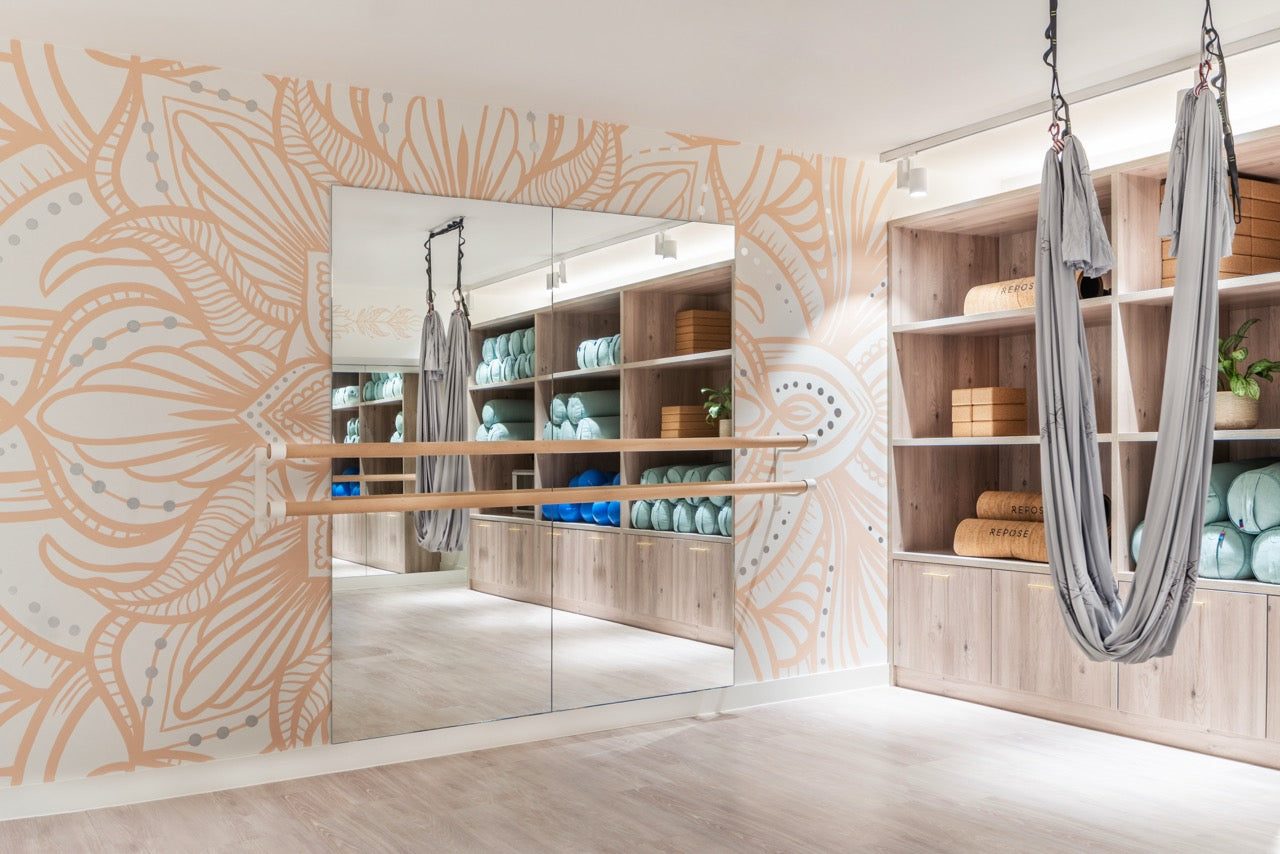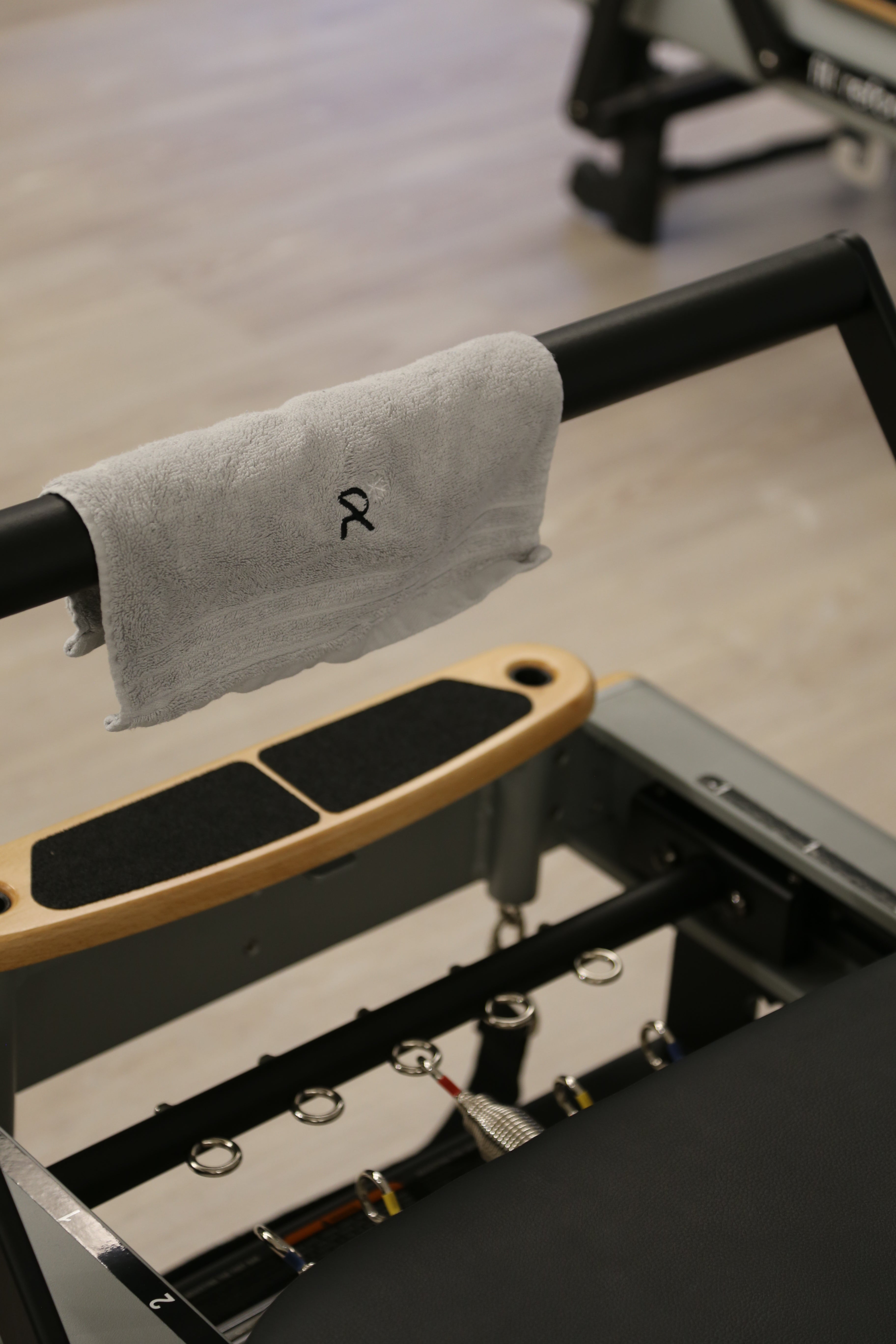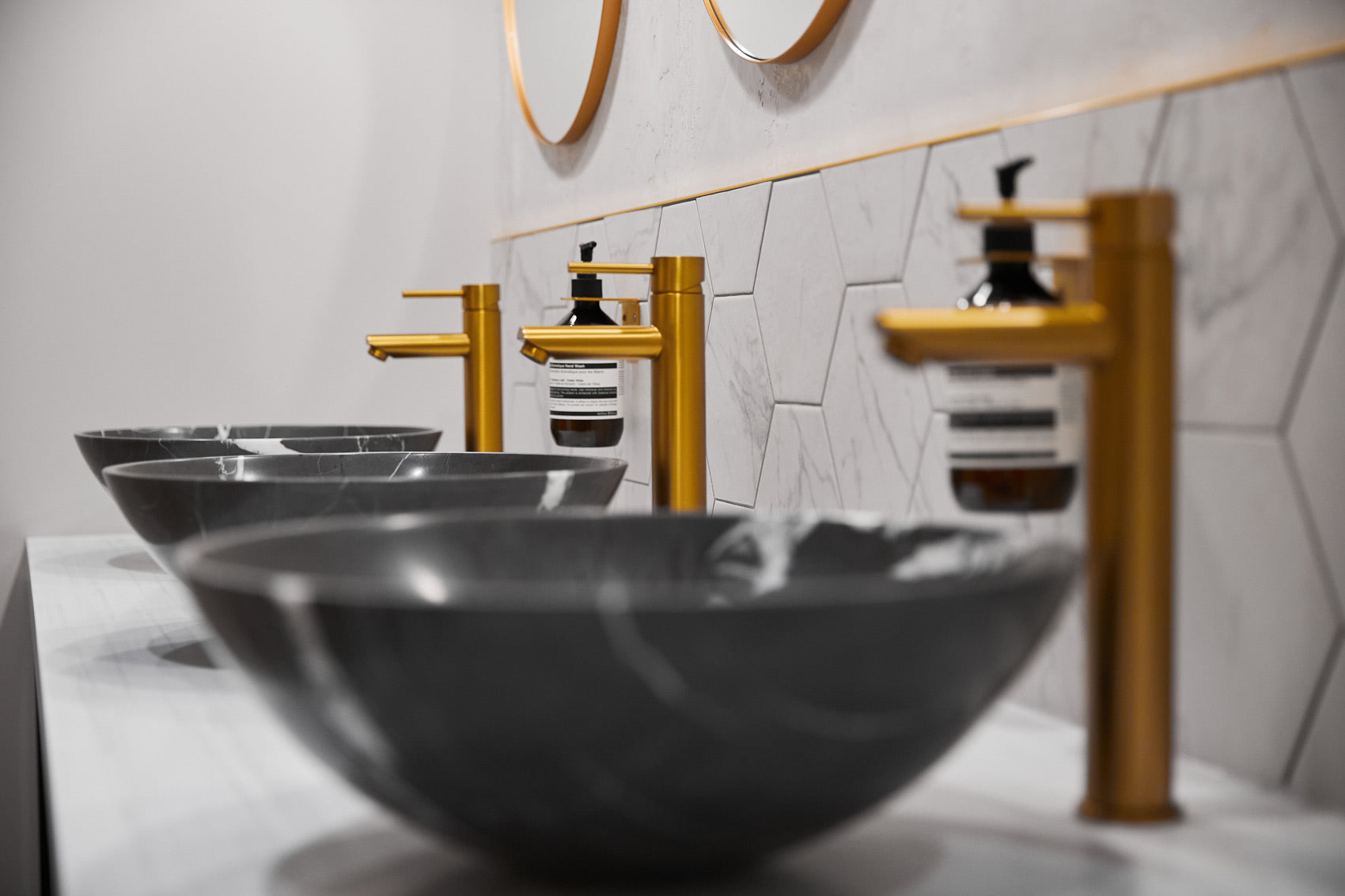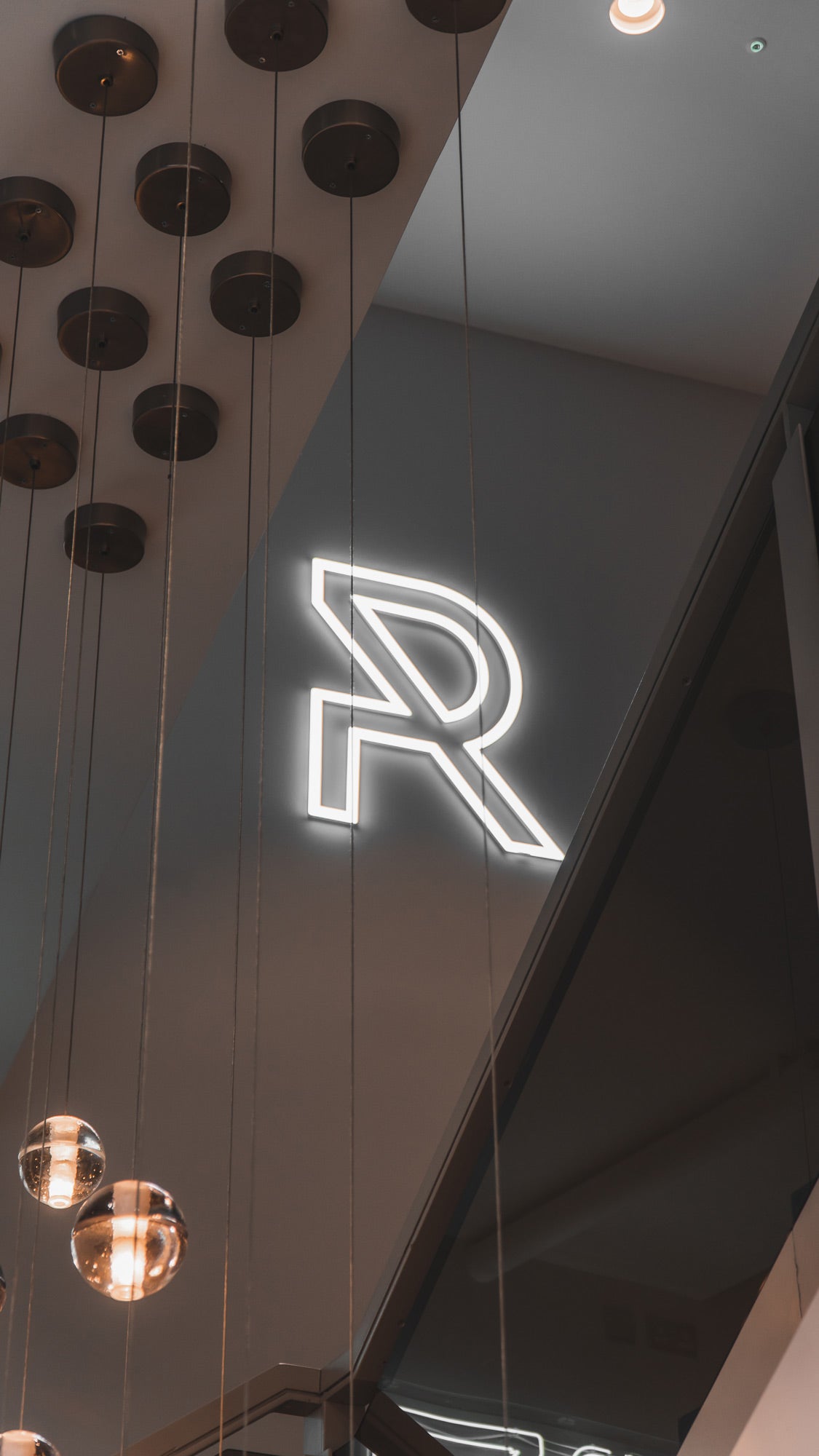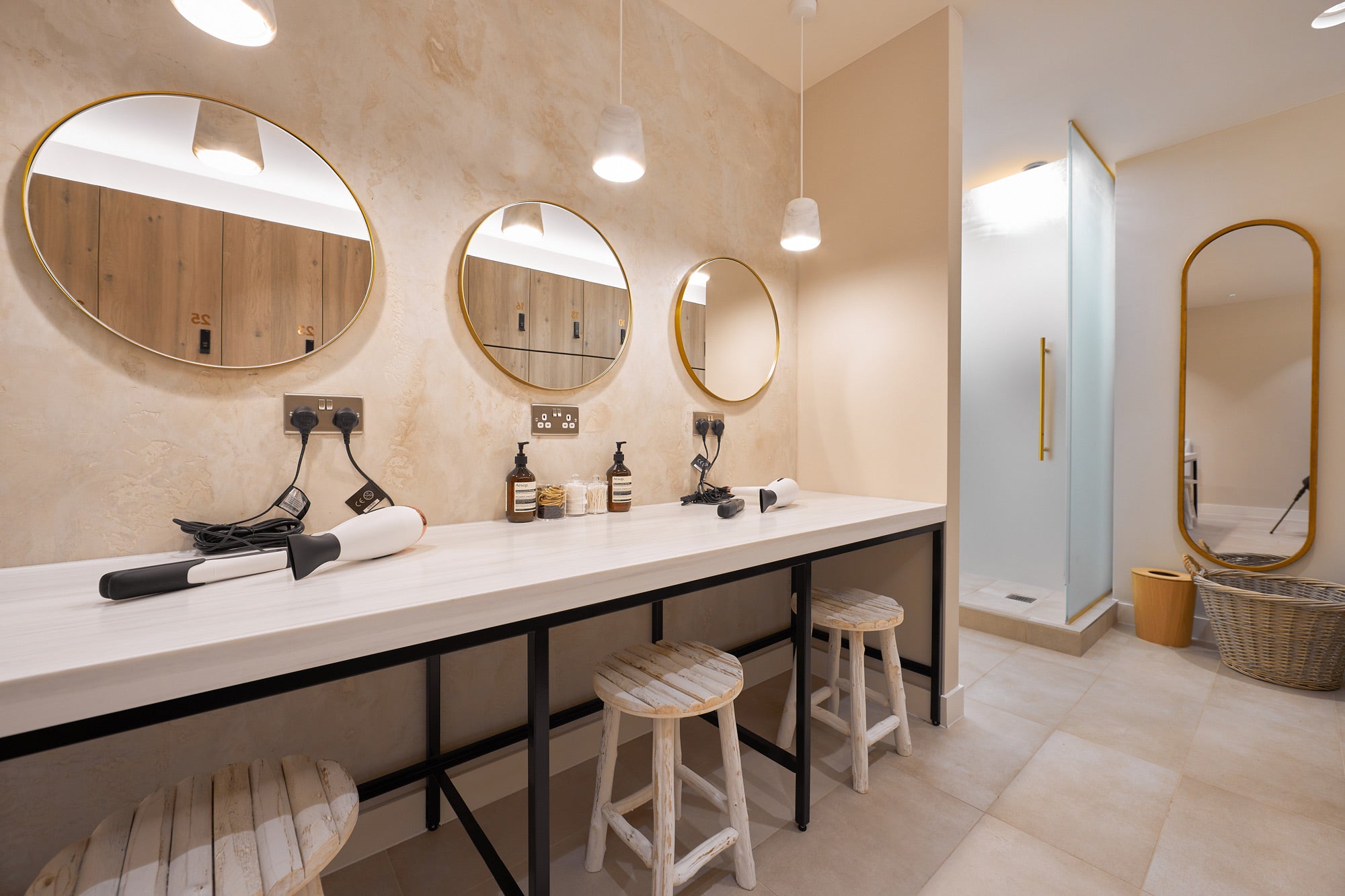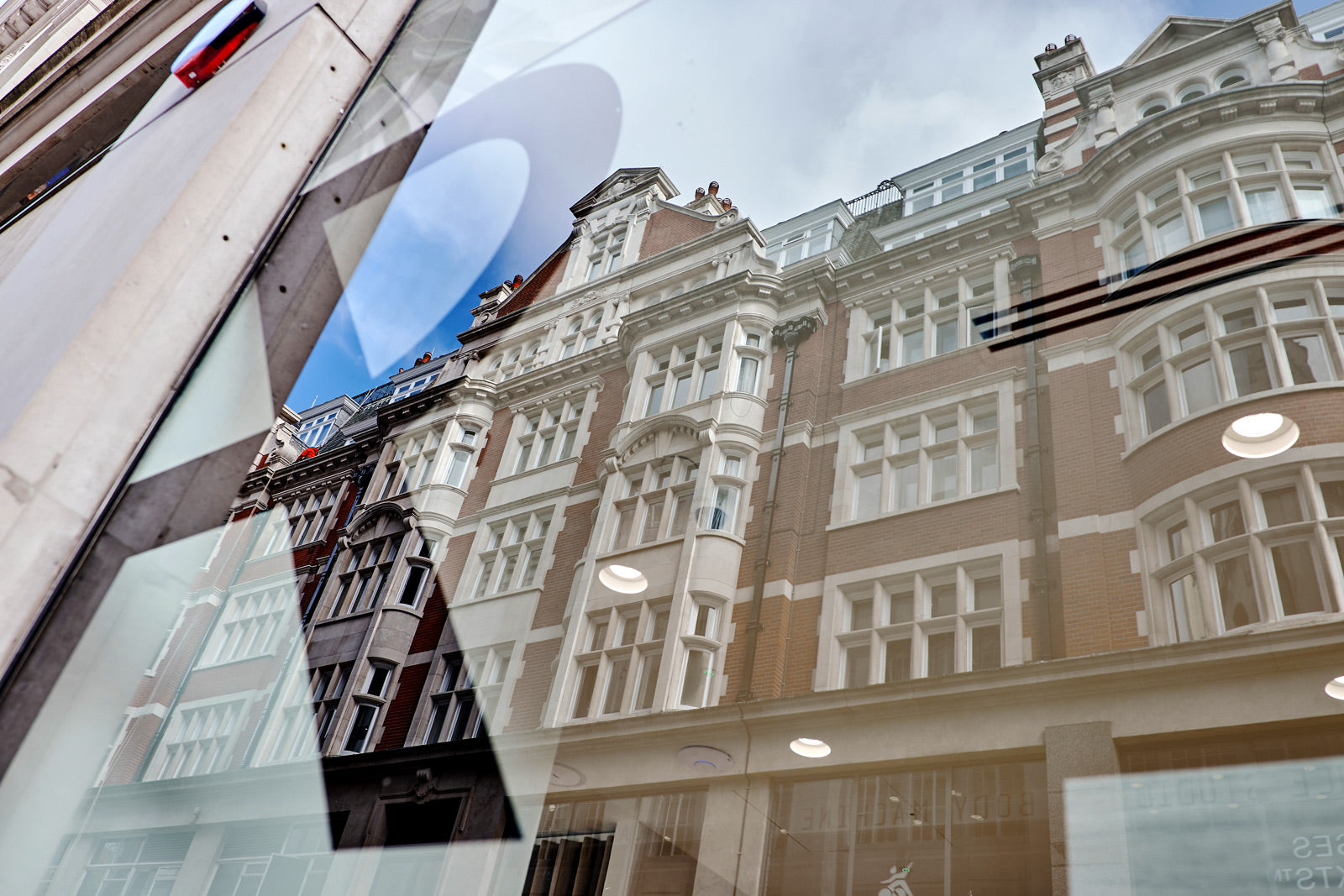
London’s best spots for post- marathon recovery
From oxygen chambers to a massage — those who battle their way around the London marathon course this weekend will not be stuck for recovery options.
If you’re taking yourself on a 26.2-mile jog around the capital, first, congratulations. But also, your poor, poor body.
Running a marathon is very commendable but not in the slightest bit natural, and however well you prepare, there will be some toll. After you’ve crossed that finish line, your first priority might be sleep, or a pint. But if you listen to your body, and health experts, rehabilitation, rest and recovery should be at the top of the list.
“It’s crucial,” says Nikita Manduca, studio director at Repose Space, a health hub in Kensington with a dedicated biohacking lab. “It’s where the real progress happens, both physically and mentally. You can train as hard as you want but without proper recovery you’re not giving your body the chance to adapt, repair and actually grow stronger.”
The stress on your joints and bones, the muscular breakdown, the inflammation and dehydration — they all need to be addressed. “Gentle movement like walking or mobility work can help,” says Manduca, “but the key is tuning into what your body actually needs and giving it space to bounce back fully.”
Some stretching and a hot (or freezing cold, if you can face it) bath will go some way, but if you want to walk a faster road to recovery, try one of these treatments instead.
Lymphatic drainage massage with Rebecca Trévailnet
Your muscles will be oh-so-tender after the run, so unless you’re a sucker for punishment, a deep, kneading sports massage or even a traditional (Thai or Swedish style) treatment may be quite an unpleasant experience.
Lymphatic drainage, on the other hand, takes a gentle approach but can have many
benefits.
“It’s incredibly beneficial after a big physical exertion like a marathon,” says Rebecca Trévailnet, a Parisian lymphatic drainage specialist based in Marylebone, “as it helps reduce inflammation, flush out lactic acid and speed up muscle recovery through the stimulation of the lymphatic system, aka the body’s natural detox process.”
Her method combines “firm French drainage” (expect a little pressure across the legs, but it’s speedy and manageable) with targeted Chinese acupressure “to support blood and lymphatic circulation, relieve water retention and re-balance the nervous system after an intense physical stress”.
The treatment, during which Rebecca works across the whole body, gently stimulating and massaging where lymph nodes and pressure points are found also “provides a deep parasympathetic reset, which is key to reducing post-face fatigue”.
The results? The best way to describe it is an immediate feeling of lightness, relaxed and revived in equal measure. As a plus, Rebecca is warm and intuitive and you may or may not find yourself releasing emotion alongside the toxins — just blame the tiredness.
The Medical Pedicure at Margaret Dabbs
Many odd and unexpected things can happen to your body during a marathon — just ask anyone who forgot to apply their pre-race Vaseline — but one thing that’s almost guaranteed is that your feet will suffer. A murdered toenail or two is not uncommon.
So do your feet a favour and take yourself to Margaret Dabbs, a brand of clinics founded in 2008 dedicated to treating your tootsies (and hands too). Their medical pedicure, performed by a podiatrist, is a thorough treatment during which they’ll not only spruce up your feet but can also give access to more functional aspects. These include recommendations such as orthotics (to improve mobility and reduce pain) or whether corticosteroid injections (to target inflammation and swelling) could be necessary.
But back to the sprucing … any injured toenails will be dealt with, calluses and corns tended to, and dry skin hydrated. It might not be the sexiest of treatments but it may be the most necessary.
Contrast Therapy at Repose Space
Investing in recovery is a key pillar in improving your overall health and longevity. So if there’s a time to dip your toe into biohacking, it’s after you’ve run a marathon.
At Repose Space, Manduca recommends their contrast therapy, a combination of treatments (an infrared sauna and cold plunge pool) that you move back and forth between. “It’s a game changer for post-marathon recovery,” she says, “as the switch between hot and cold helps to stimulate circulation, flush out metabolic waste and reduce inflammation.”
The plunge pool, set at a brisk 6C “helps to bring down swelling and soothe sore muscles”, plus it’s guaranteed to wake you up if you’re feeling lethargic. The heat from the warming infrared lit sauna, Manduca explains, “brings in fresh oxygenated blood and helps to relax tension. It’s also amazing for the nervous system, which takes a hit during long endurance events.”
Both parasympathetic activations aim to calm the body out of “fight or flight” mode aiding a speedier and smoother recovery. At Repose, their set-up is built for two, so you can bring along your running buddy or sign-holding cheerleader for company.
Contrast Therapy at Repose Space Kensington, £130 for 45 minutes. repose-space.co.uk
Hyperbaric Oxygen Therapy at Biowell Health
Out of breath after your longer-than-usual morning run? Revive yourself via some hyperbaric oxygen therapy (HBOT), which simply involves enclosing yourself in an oxygen-optimised chamber for 30 minutes or more.
The chamber is filled with 90-100 per cent oxygen (the air we breathe in the real, non-bubbled world is about 21 per cent) with air pressure increased to about 2.5 the usual. Your lungs draw in a supercharged amount of O₂, which heads through your blood to your organs and tissue. It is intended to promote speedy healing and reduce inflammation, and can have added bonuses like improved sleep quality and boosted cognitive performance.
And all of this requires very little effort from you: you simply hop in the spaceship-esque chamber — book or magazine in hand.
You won’t feel anything as the oxygen zips around your body, save a slight bit of pressure in the ears (similar to that on a flight) or a mild wooziness, although nothing close to nausea. It’s one of those treatments that you will want to read up on and have to trust — you might not feel it working, but if you just trust in the science, then know it’s well worth it.




